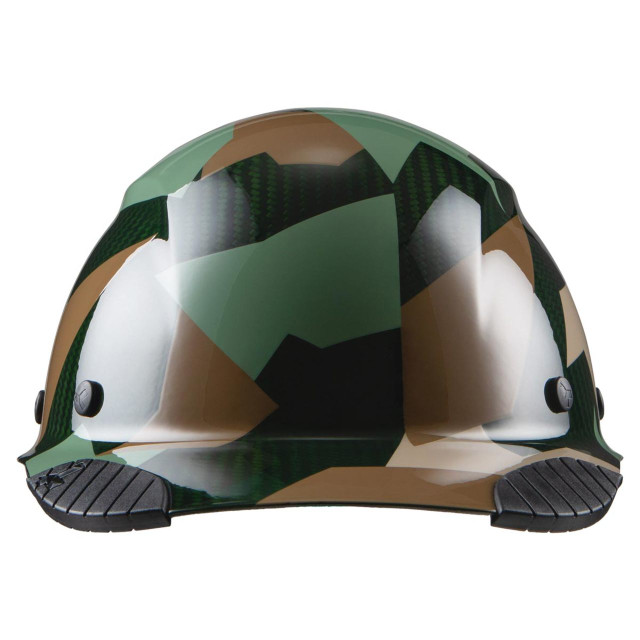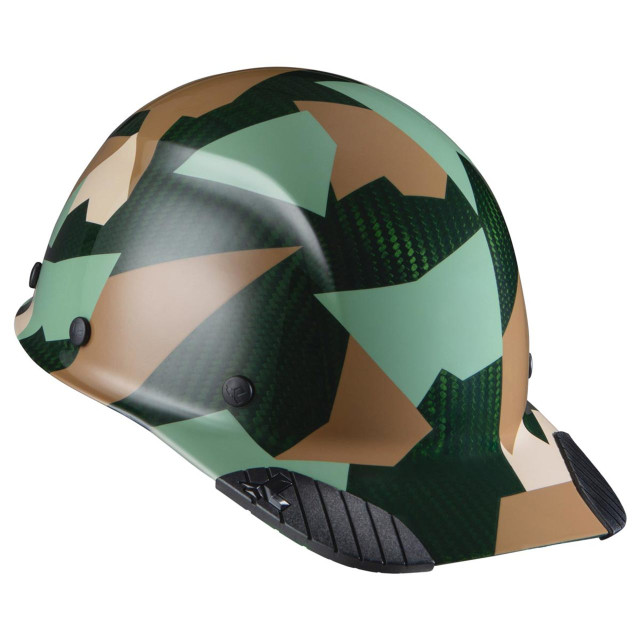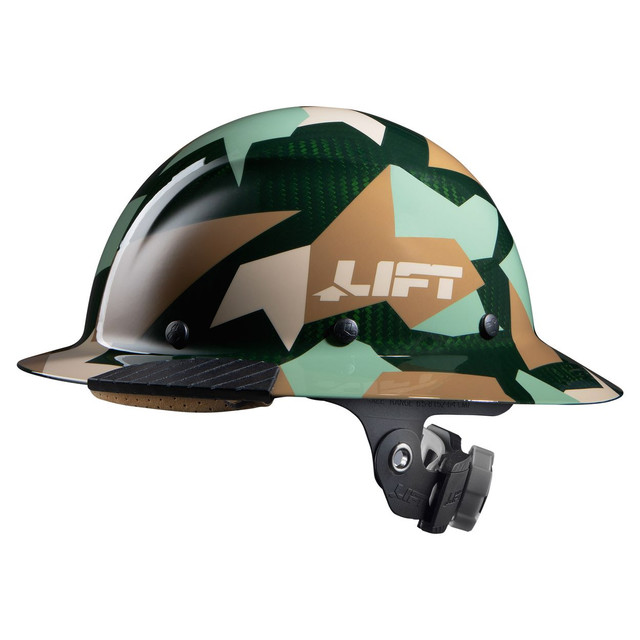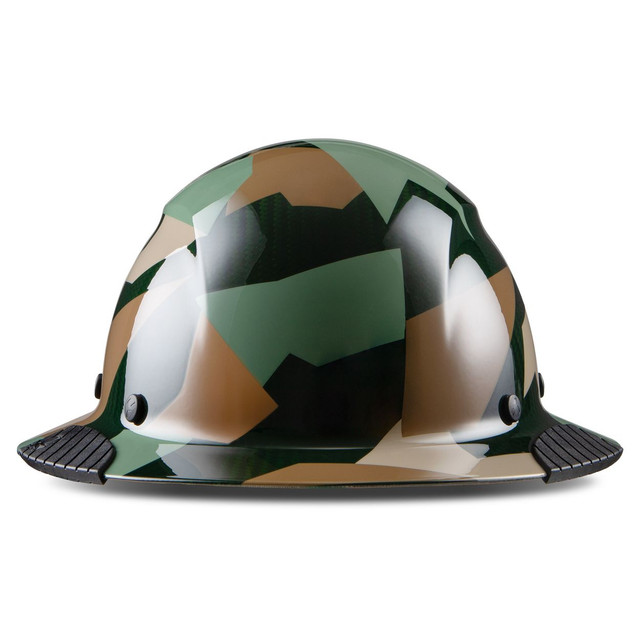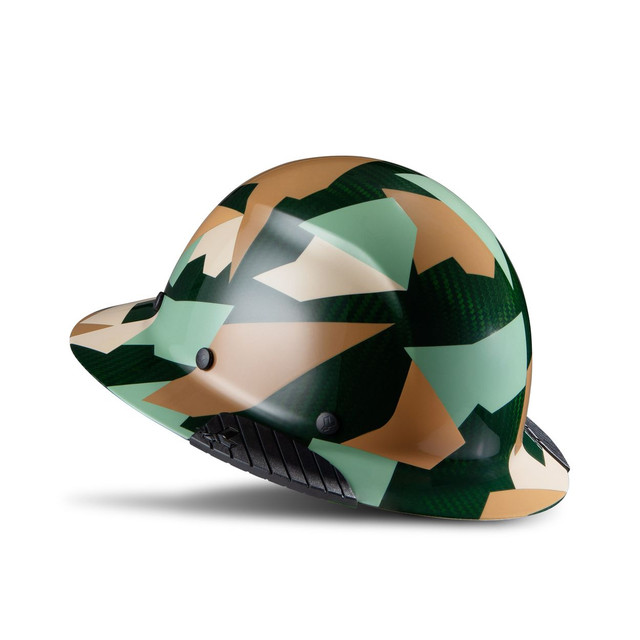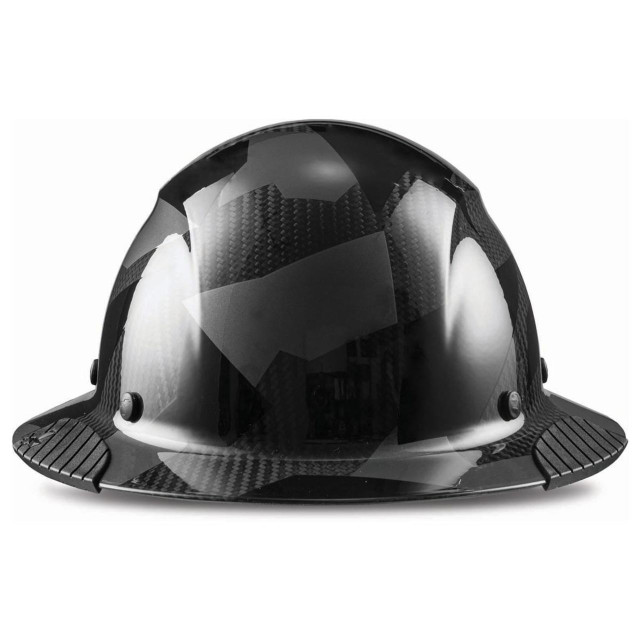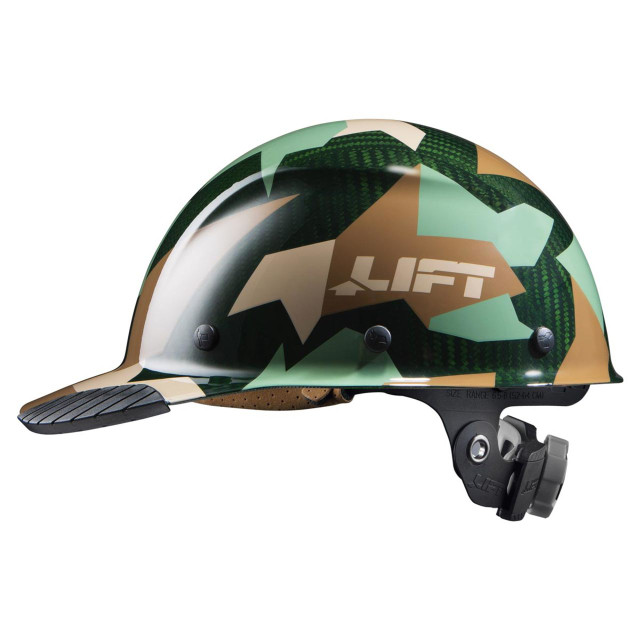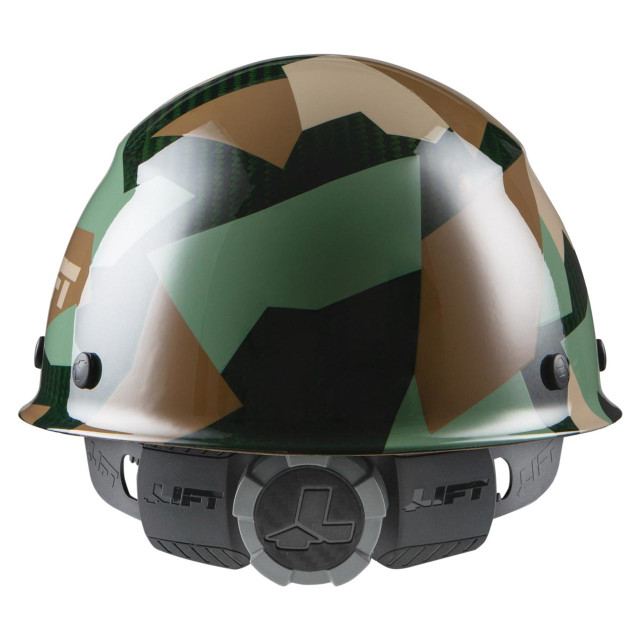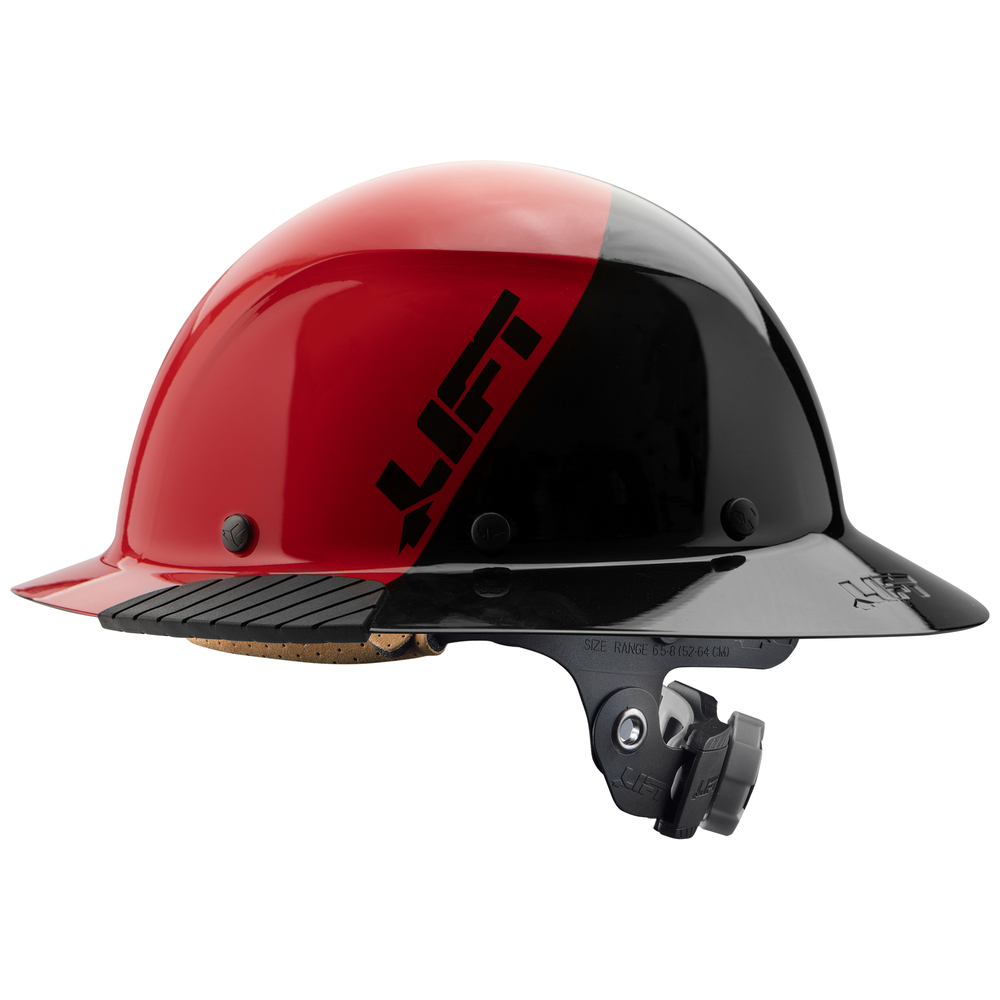Personal protective equipment (PPE) is essential to ensure worker safety in various industries. However, even with the use of PPE, accidents can still occur if workers fail to comply with safety protocols. Compliance is a complex issue, influenced by various factors, including psychology. In this blog post, we will explore the psychology of compliance and how it relates to encouraging the use of head protection.

Understanding the Importance of Compliance:
Compliance is the act of following rules, regulations, or guidelines. In a workplace setting, compliance is crucial to maintaining worker safety, and it is essential that all employees adhere to safety protocols. The failure to comply with safety rules can result in serious accidents and injuries.
Compliance is influenced by several factors, including organizational culture, training, and leadership. Employers must establish a culture of safety that emphasizes the importance of PPE and the consequences of non-compliance. Proper training and leadership also play a crucial role in encouraging compliance.
Overcoming Resistance to Compliance:
Resistance to compliance is a significant barrier to the effective use of PPE, including head protection. Resistance may stem from various factors, such as discomfort, inconvenience, or perceived low risk. Resistance can also arise from a lack of understanding or motivation.
One strategy to overcome resistance is to address the root causes of the resistance. For example, if workers are resistant to using head protection due to discomfort, employers can invest in comfortable and well-fitting headgear items. If workers perceive the risk of head injuries as low, employers can provide education and training that emphasizes the importance of head protection and the potential consequences of not wearing it.
Another effective strategy is to involve workers in the decision-making process. By involving workers in the selection of PPE items, they are more likely to take ownership of their safety and feel invested in the process. This sense of ownership can increase motivation to comply with safety protocols, including the use of head protection.
Reinforcing Compliance:
Reinforcement is critical to ensuring compliance with safety protocols, including the use of head protection. Reinforcement is the act of rewarding desired behaviors, and it can be either positive or negative.
Positive reinforcement involves rewarding desired behaviors, such as wearing head protection, with praise or incentives. Examples of positive reinforcement include acknowledging workers who consistently wear head protection, providing rewards for safety milestones, or offering bonuses for accident-free periods.
Negative reinforcement involves removing undesirable consequences, such as disciplinary action, for complying with safety protocols. For example, if workers are consistently disciplined for not wearing head protection, removing disciplinary action for compliance can serve as a negative reinforcement.
Reinforcement is most effective when it is consistent and immediate. Regular reinforcement of desired behaviors increases the likelihood of compliance and reinforces the importance of safety protocols.
Encouraging a Culture of Safety:
A culture of safety is a workplace environment that places a high value on worker safety. A culture of safety involves establishing safety protocols, providing adequate training and resources, and promoting open communication regarding safety issues.
Encouraging a culture of safety is crucial to ensuring compliance with safety protocols, including the use of head protection. By establishing a culture of safety, employers can demonstrate their commitment to worker safety and encourage compliance with safety protocols.
A culture of safety also involves providing adequate resources and training to ensure that workers understand the importance of safety protocols and how to use PPE effectively. Open communication regarding safety issues allows workers to report safety concerns and provides a platform for addressing any issues promptly.
In conclusion, compliance is a complex issue affected by various factors, including psychology. Understanding the barriers to compliance, providing reinforcement, and fostering a culture of safety are all crucial in encouraging compliance with safety protocols, including the use of head protection. By promoting compliance and encouraging a culture of safety, employers can ensure the safety of their workforce and prevent accidents and injuries in the workplace.
